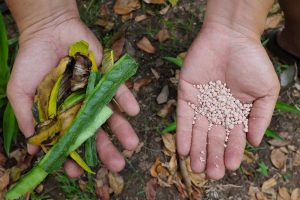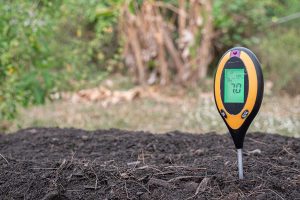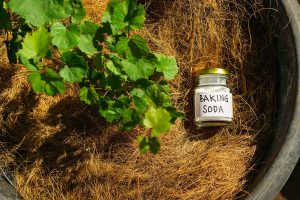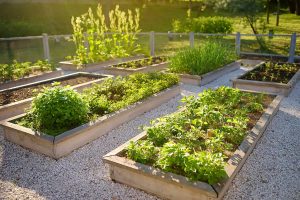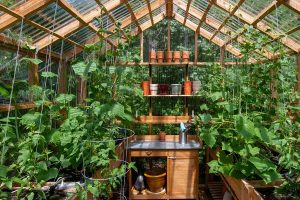Winter gardening can be daunting, especially when dealing with unpredictable weather and freezing temperatures. However, with the right dos and don’ts in mind, you can successfully maintain your garden during this chilly season. In this article, we’ll dive into essential tips and tricks to help you achieve a thriving winter garden.
Table of Contents
- Dos
- Don’ts
- Don’t Overlook Winter Pests
- Don’t Forget to Plan for Spring
- Don’t Neglect Winter Tools Maintenance
- Don’t Overwater Indoor Plants
- Don’t Ignore Garden Wildlife
- Don’t Plant Without Protection
- Don’t Leave Delicate Planters Outside
- Don’t Walk on Frosty Grass
- Don’t Let Weeds Take Over
- Don’t Ignore Drainage Issues
- Don’t Skip Winter Garden Clean-Up
Dos
Understand Your Climate Zone
Before starting winter gardening, knowing your climate zone is crucial. The USDA Hardiness Zone Map will guide you in selecting plants suitable for your area. You can ensure better chances of survival for your plants by understanding your region’s average minimum winter temperature.
Select Cold-Hardy Plants
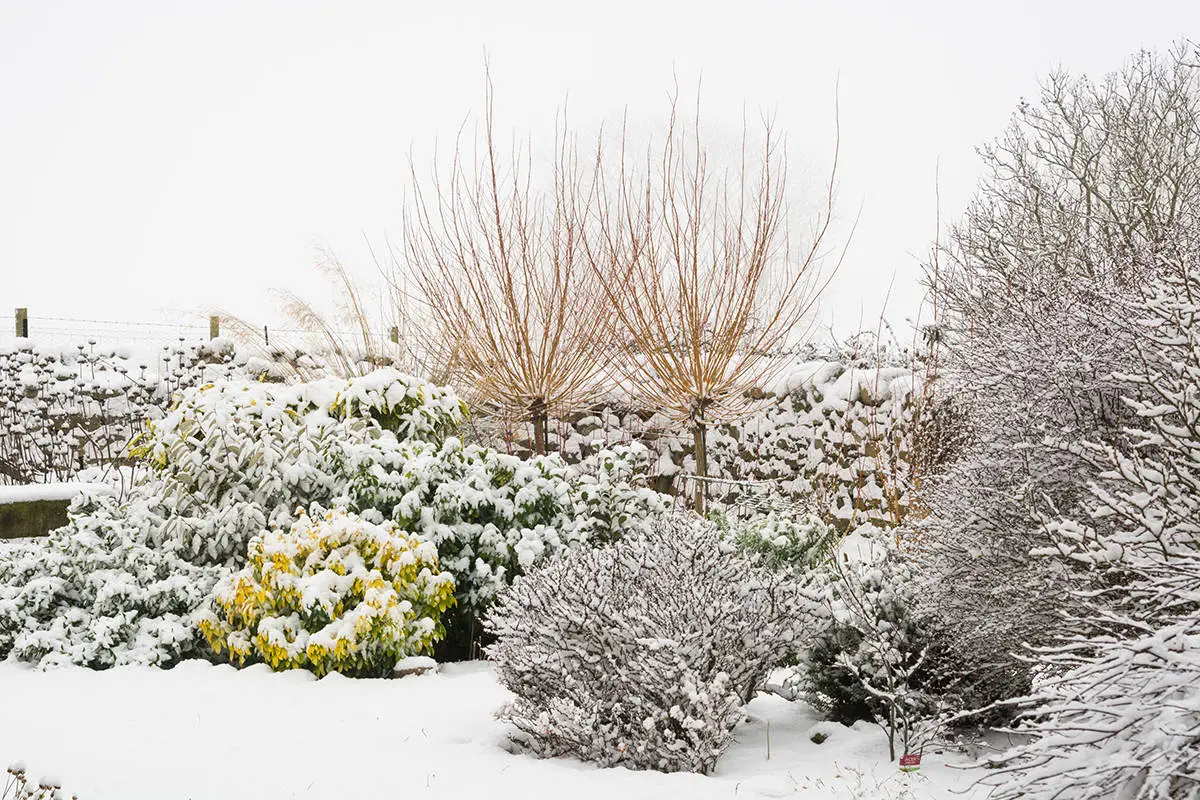
Choose plants that are cold-tolerant and able to withstand your region’s winter temperatures. Some examples include kale, spinach, and Brussels sprouts. Not only will these plants thrive in colder weather, but they’ll also provide you with fresh produce throughout the winter months.
Adjust Your Watering Routine
During winter, your plants require less water due to lower evaporation rates and slower growth. Monitor the soil moisture levels carefully and water your plants only when necessary. Overwatering can lead to root rot or other issues.
Protect Plants from Frost
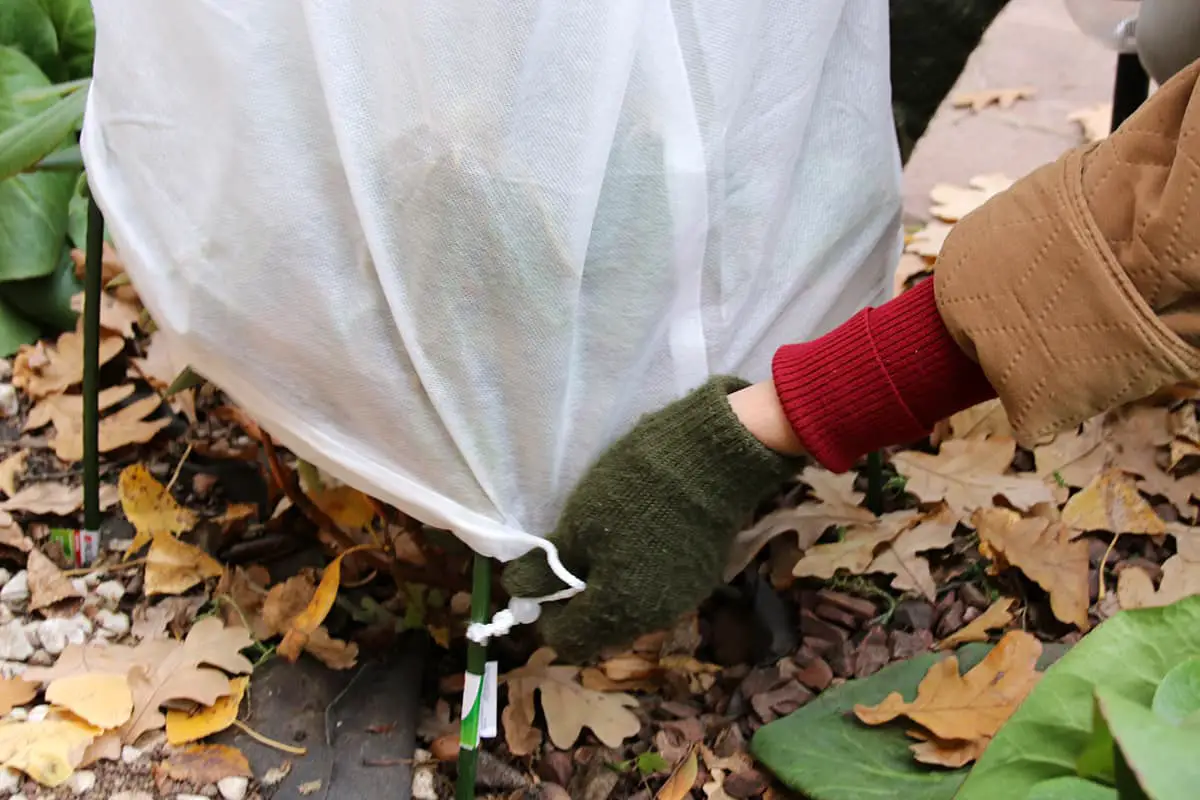
Frost can damage sensitive plants and reduce their chances of survival. Wrap vulnerable plants in frost cloth or use frost protection devices, such as frost caps, to shield them from harsh winter conditions. Remember to remove these protections during the day to allow for proper air circulation.
Mulch to Insulate the Soil
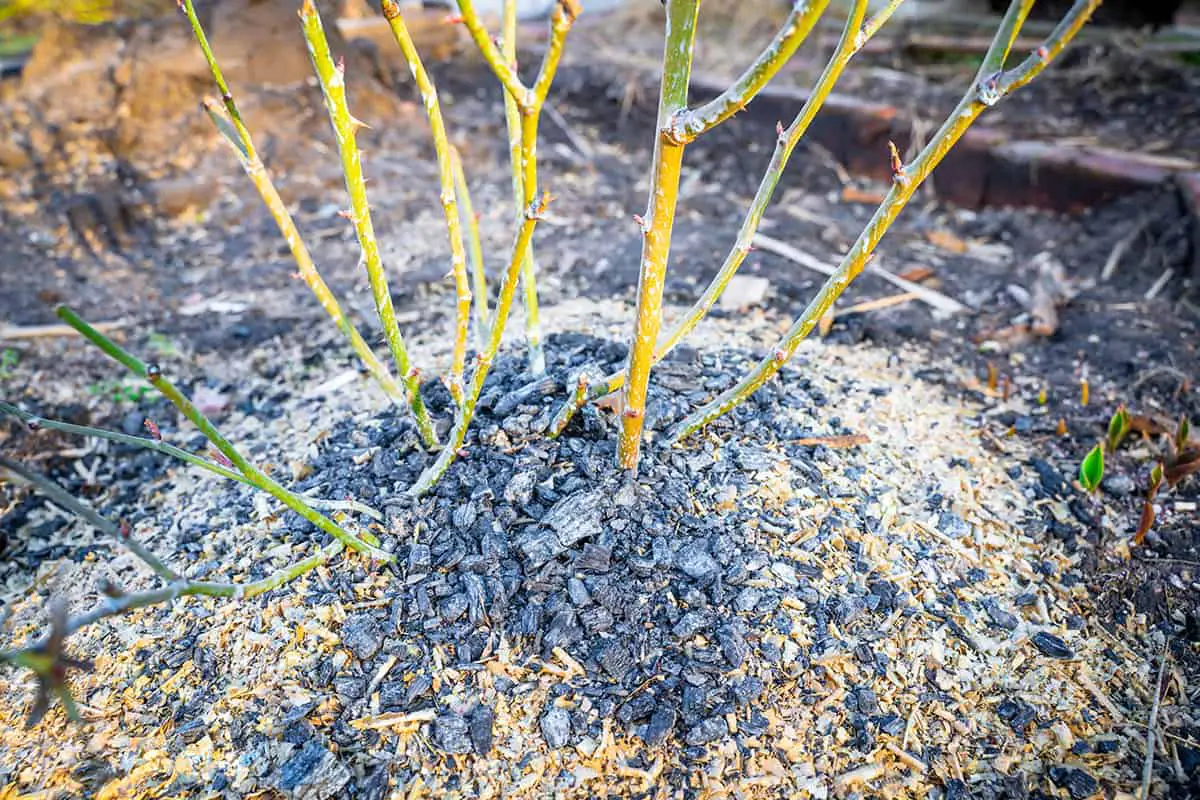
Applying a layer of mulch during the winter months will help conserve soil moisture and insulate the soil, reducing temperature fluctuations. Mulch not only protects your plant roots from extreme cold, but it also suppresses weeds and breaks down into nutrients for your plants.
Take Advantage of Greenhouse Spaces
A greenhouse can extend your gardening season and protect tender plants from frost, cold winds, and icy conditions. By moving your vulnerable plants into a greenhouse environment, you’ll ensure their survival and better control their growing conditions.
Prune Dormant Trees and Shrubs

Winter is the perfect time to prune your trees and shrubs, as they’re dormant and less susceptible to disease. Pruning promotes healthy growth and eliminates dead or damaged branches, ensuring the overall health of your plants.
Enjoy the Winter Garden
Lastly, take the time to appreciate your winter garden. Fresh air, exercise, and the beauty of your hard work can provide a sense of accomplishment and joy, even during the colder months. Embrace the unique opportunities that winter gardening has to offer.
Don’ts
Don’t Overlook Winter Pests
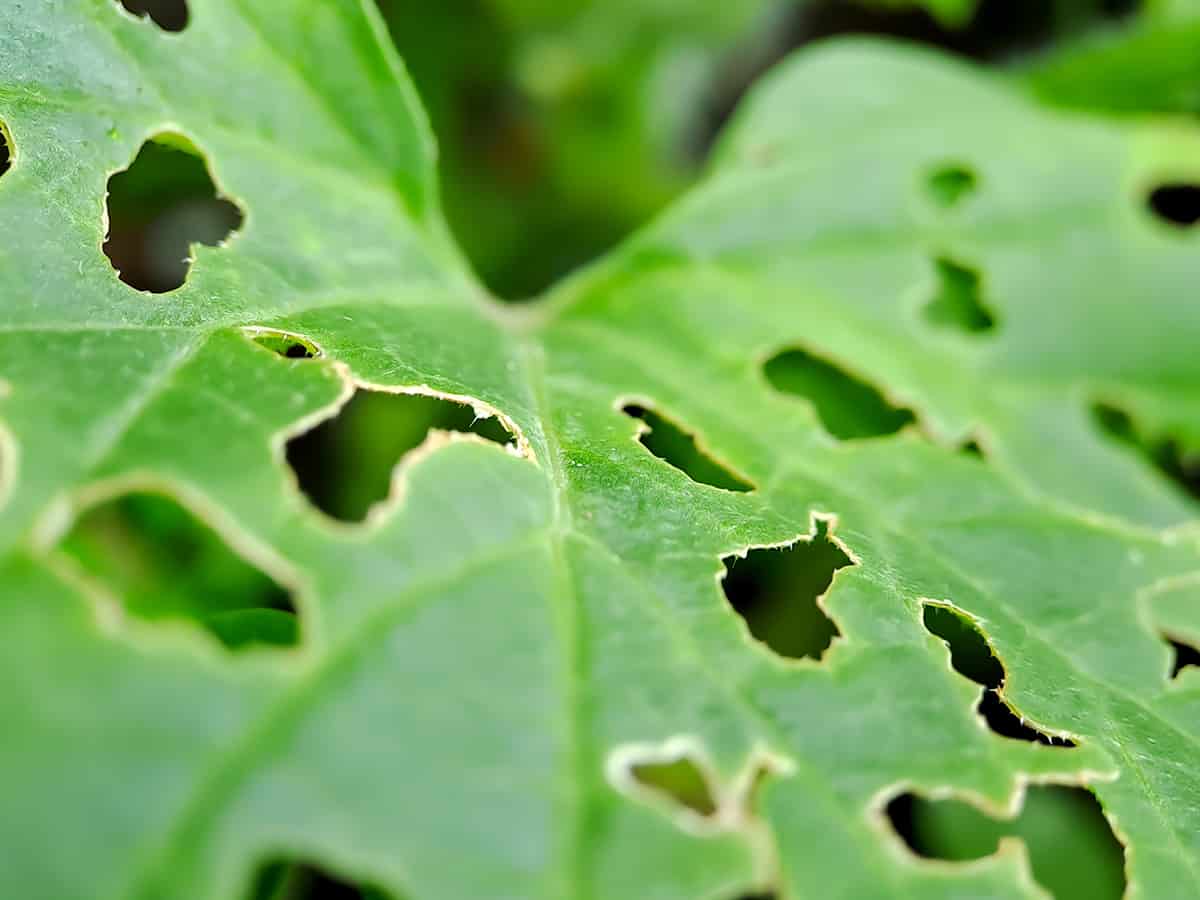
During winter, some garden pests may remain active. Be sure to inspect your garden regularly for signs of infestation. If you spot any issues, promptly address them to avoid damage to your plants.
Don’t Forget to Plan for Spring
Winter is an ideal time to plan for the upcoming spring season and consider new additions to your garden. Research suitable plants for your area and note their preferred growing conditions. This way, you’ll be ready for a successful planting season when spring arrives.
Don’t Neglect Winter Tools Maintenance
Maintaining your gardening tools, such as sharpening blades and oiling hinges, will prolong their lifespan and improve their performance. Also, remember to store your tools in a dry and protected place to prevent rust and damage.
Don’t Overwater Indoor Plants

With less sunlight and cooler temperatures, indoor plants generally require less water during the winter months. Overwatering can lead to root rot, which can harm or even kill your plants. Monitor your plants’ moisture levels closely and adjust your watering schedule accordingly.
Don’t Ignore Garden Wildlife
Provide a helping hand to garden wildlife in winter by setting up bird feeders and creating sheltered spots for hibernating creatures. These actions will not only support your local ecosystem but also create a more vibrant and dynamic garden.
Don’t Plant Without Protection
If you’re planting trees and shrubs during winter, protect their roots by keeping them well-watered and mulched. This helps insulate them against cold temperatures and gives them the best chance of thriving in the spring.
Don’t Leave Delicate Planters Outside
Avoid leaving fragile or porous planters outside during winter, as freezing temperatures can cause them to crack. Store them indoors, or protect them with a thick layer of insulation material, such as bubble wrap.
Don’t Walk on Frosty Grass
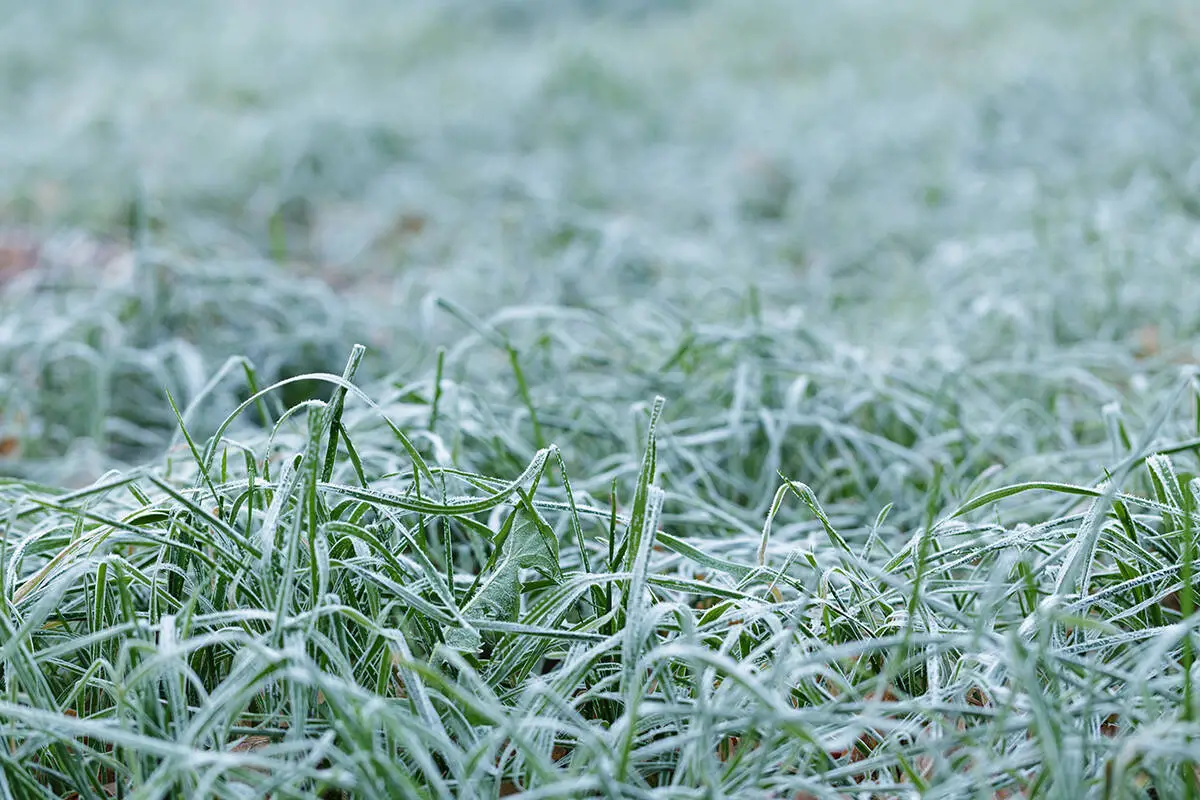
Walking on frosty grass can cause damage to the cells in the grass blades, leaving unsightly yellow patches. Keep off the grass during frosty conditions to ensure a lush, green lawn when spring arrives.
Don’t Let Weeds Take Over
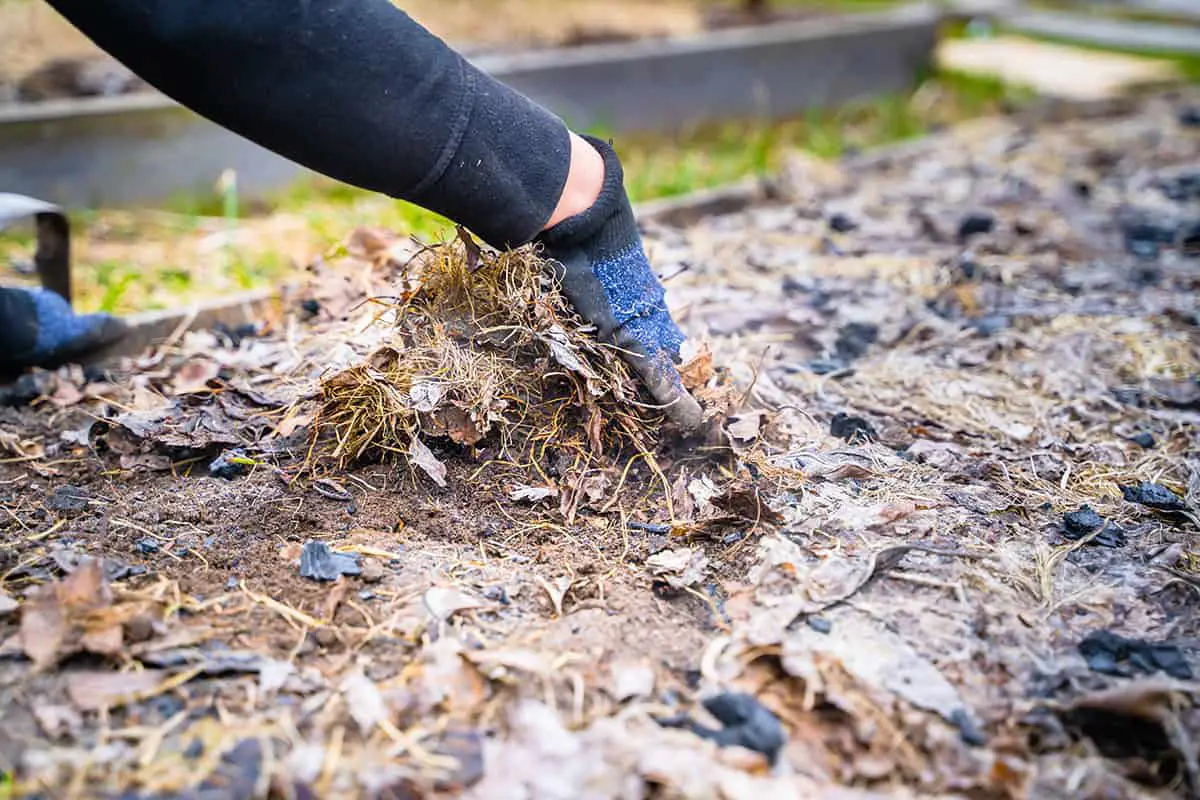
Weeds can still grow in winter, albeit at a slower pace. Regularly remove weeds from your garden to prevent them from spreading and impacting the growth of your desired plants.
Don’t Ignore Drainage Issues
Poor drainage can lead to waterlogged soil, which may harm your plants. If you identify any drainage issues, address them promptly by implementing a suitable drainage system to protect the health of your garden.
Don’t Skip Winter Garden Clean-Up
A tidy garden during winter reduces the risk of pests and diseases in the spring. Clear fallen leaves and debris, prune dead plant material and maintain garden surfaces to prepare for the next growing season.

